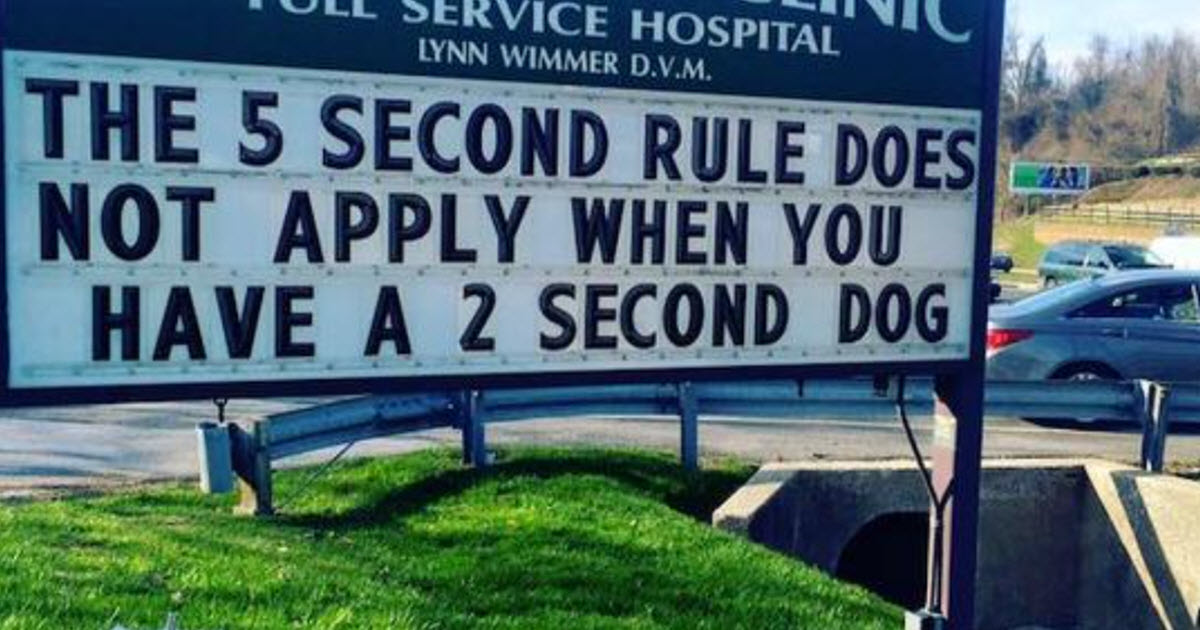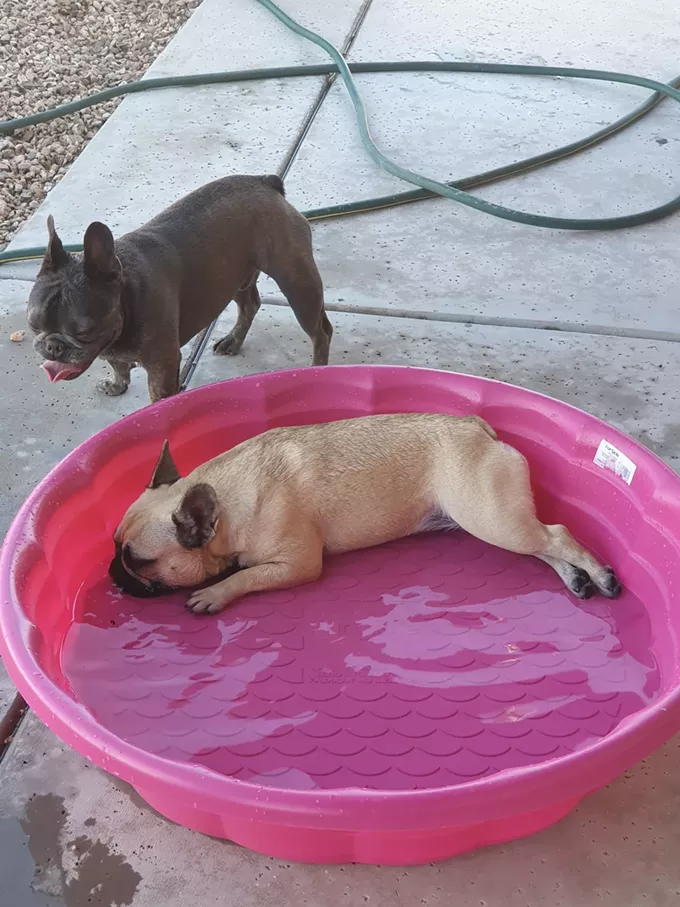For decades, selective breeding has dramatically shaped the physical features of domestic animals. Now, groundbreaking research from Cornell University and Washington University reveals a striking phenomenon: certain dog and cat breeds have evolved such remarkably similar skull structures that they rival the resemblance found within their own species. This unprecedented finding highlights an extraordinary case of convergent evolution, driven not by natural environmental pressures but by the artificial influences of human-directed breeding.
Typically, convergent evolution describes how unrelated species independently develop analogous traits in response to comparable environmental challenges—wings in bats and birds, streamlined bodies in aquatic animals, for example. But this new study unveils a compelling twist: through intense artificial selection, breeds as distant as pugs and Persian cats have converged on almost identical cranial morphologies. Despite diverging from a common ancestor some 50 million years ago, these animals now share similarly shortened, flattened skulls with upturned muzzles and palates, epitomizing what is colloquially known as “smushed” faces or brachycephaly.
Central to this discovery is the detailed three-dimensional morphometric analysis performed by the researchers. Utilizing computed tomography (CT) scans sourced from veterinary institutions, natural history museums, and expansive digital archives like MorphoSource, they meticulously mapped out the cranial architectures across a variety of domestic and wild species. Their data include breeds of domestic cats and dogs, wildcats, wolves, alongside members from the Canidae family (dogs) and Felidae family (cats), as well as other carnivoran species such as weasels and walruses. The comprehensive comparative framework reveals that the skull distinctions seen today are a direct product of intense, human-imposed selection rather than shared environmental constraints.
The most compelling facet of this evolutionary convergence lies in the observation that different lineages within both species independently acquired similar brachycephalic morphologies. For instance, among dogs, separate evolutionary events led to the development of short-faced bulldogs on one side and breeds like the Pekingese and Shih Tzu on the other. Within felines, Persian, Himalayan, and Burmese cats independently evolved comparable cranial shapes. This repeated, parallel evolution underscores the potent influence of human preferences in shaping anatomical features previously thought to be constrained by species-specific developmental pathways.
Evolutionarily speaking, the starting points for cats and dogs were quite distinct. Dogs trace their lineage back to wolves, characterized by long muzzles and robust cranial structures optimized for predation and social behaviors in various environments. Cats descended from smaller wildcats, inherently possessing shorter faces and snouts. However, within the relatively short time frame of domestication and selective breeding, these separate starting points have been overridden by convergent selective pressures. The breeding push for facial flatness—aesthetic, behavioral, or functional considerations aside—has produced skull shapes that are virtually indistinguishable between certain dog and cat breeds.
This radical morphological alteration has profound implications. From an evolutionary biology perspective, it is astounding to witness such extensive phenotypic variation within species that have only been evolving under artificial pressures for a few thousand years—a blink of an eye compared to millions of years for natural evolutionary processes. Furthermore, the study reveals that domestic dogs display greater cranial diversity than the entire order Carnivora, a taxonomic group that includes all carnivorous mammals. Similarly, domestic cats exhibit greater diversity within their species than the entire Felidae family, which encompasses 41 distinct species.
While these findings emphasize the plasticity of mammalian skull morphology, they also spotlight an alarming consequence of selective breeding. The extremes of brachycephaly observed in both dogs and cats have been linked to severe health complications. Animals bred for extreme flat faces frequently suffer from respiratory difficulties, dental malocclusion, and birthing challenges due to constrained anatomical structures. These issues underscore the evolutionary trade-offs implicit in artificial selection, where favored physical traits can impose significant costs on animal welfare and survivability outside human care.
The convergence in skull morphology extends beyond mere aesthetics; it represents a tangible case study for understanding evolutionary developmental biology. The study’s authors suggest that these cranial changes reflect alterations in developmental pathways governing facial growth and bone formation. By comparing breeds with distinct morphologies, future research may uncover the genetic and developmental mechanisms underpinning rapid cranial remodeling under selection, shedding light on fundamental biological processes.
Importantly, this research also serves as a cautionary tale about the influence of human preferences on animal evolution. Selective breeding operates as a powerful evolutionary agent but one that is decoupled from natural environmental pressures that typically regulate and optimize organismal fitness. The pressurized push for novel and extreme breed traits can accelerate evolutionary changes with unforeseen and often detrimental consequences for animal health and genetic diversity.
Overall, the study embodies a remarkable intertwining of evolutionary biology, developmental genetics, and animal breeding practices. It also opens new avenues for exploring how rapid morphological convergence can occur in terrestrial vertebrates under intense artificial selection. More broadly, it challenges traditional views on the pace and pathways of evolution, providing a unique real-time example of how human culture and biology intersect to produce novel phenotypes.
As we continue to delve into the genomes and developmental dynamics of domestic species, this research underscores the need for responsible breeding strategies. Balancing aesthetic desires with genetic health and species integrity is essential to safeguarding the future of these companion animals. The convergence of brachycephalic traits across cats and dogs highlights not only an intriguing evolutionary puzzle but also a profound ethical dilemma facing breeders, veterinarians, and animal lovers worldwide.
In essence, these findings offer a vivid illustration of evolution unbound by natural ecological constraints—a vivid testament to the role humans play as one of the most influential selective forces in shaping the biological world.
Subject of Research: Evolutionary convergence and divergence in skull morphology of domestic cat and dog breeds under artificial selection.
Article Title: Copy-Cat Evolution: Divergence and Convergence Within and Between Cat and Dog Breeds
News Publication Date: 28-Apr-2025
Keywords: Dogs, Convergent evolution, Evolutionary developmental biology, Animal research, Animal breeding
Tags: artificial influences on animal evolutionartificial selection in pet breedingbrachycephaly in domestic animalscomparative anatomy of canines and felinesconvergent evolution in dogs and catscranial morphology of pugs and Persian catsevolutionary biology of domestic petsimpact of human-directed breeding on animal traitsselective breeding effects on animal morphologysimilarities in dog and cat skull structuresthree-dimensional morphometric analysis in veterinary researchveterinary computed tomography in animal studies









